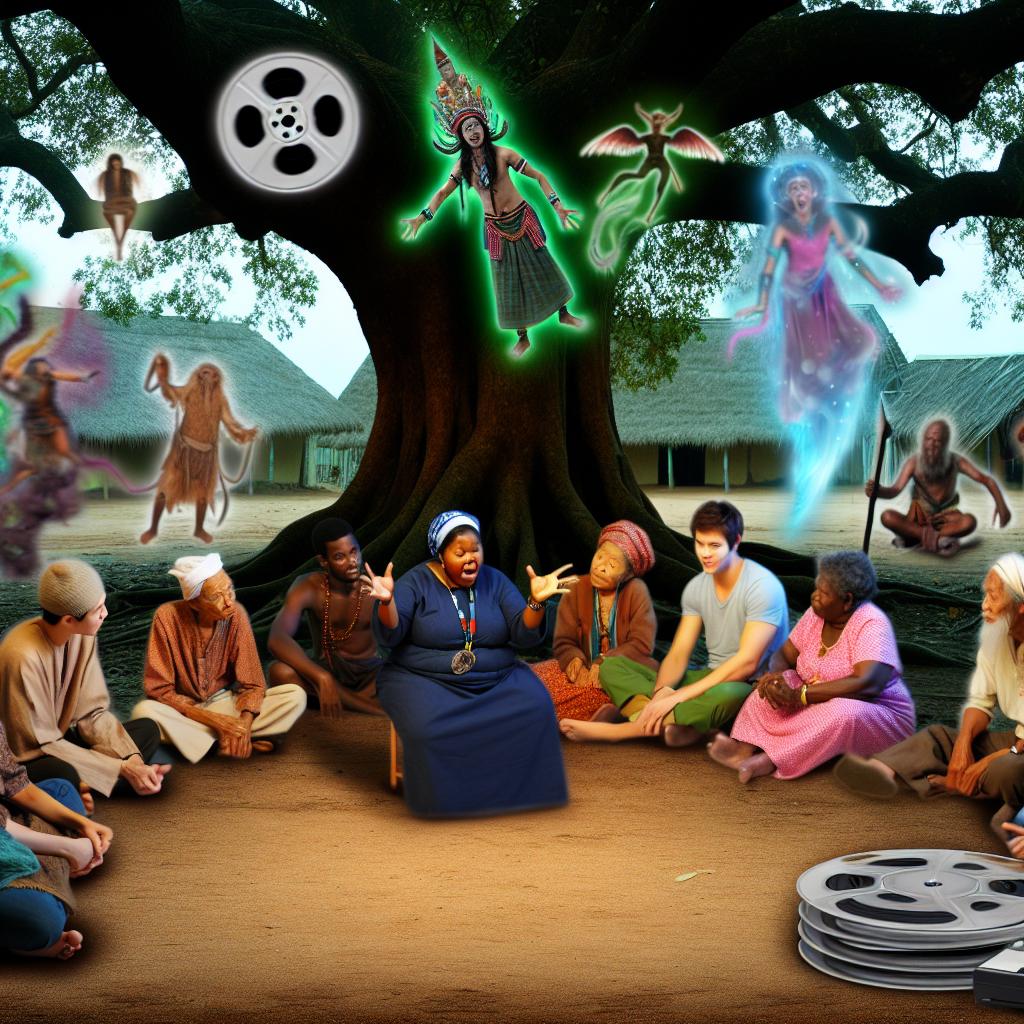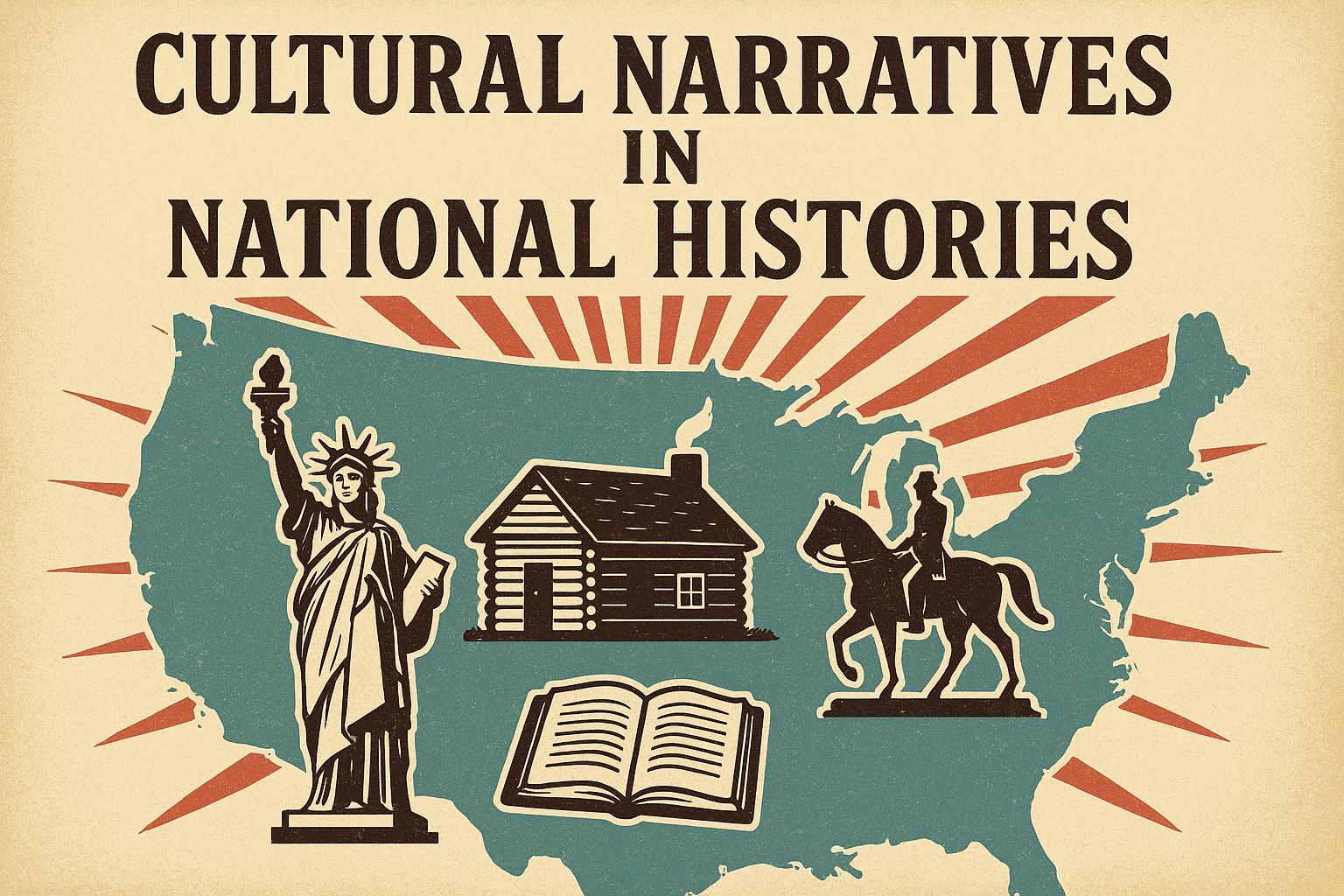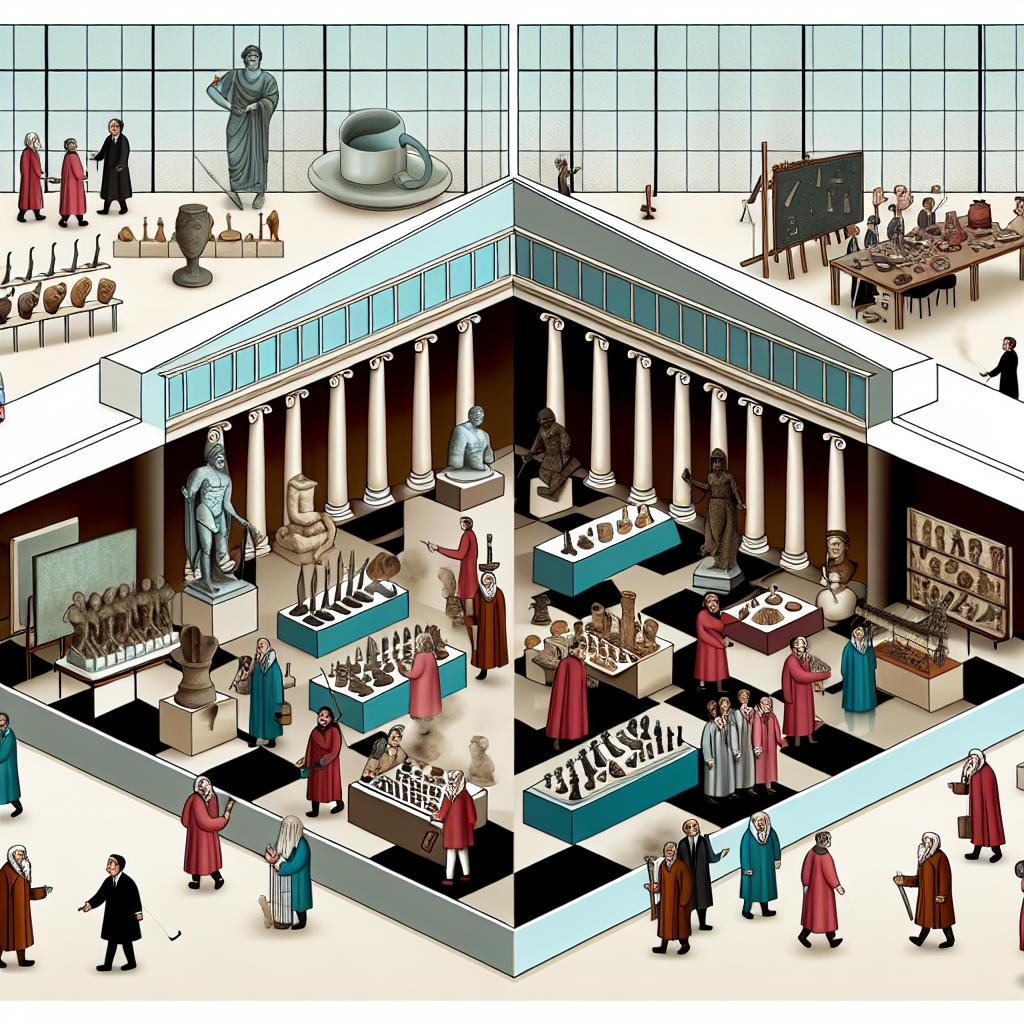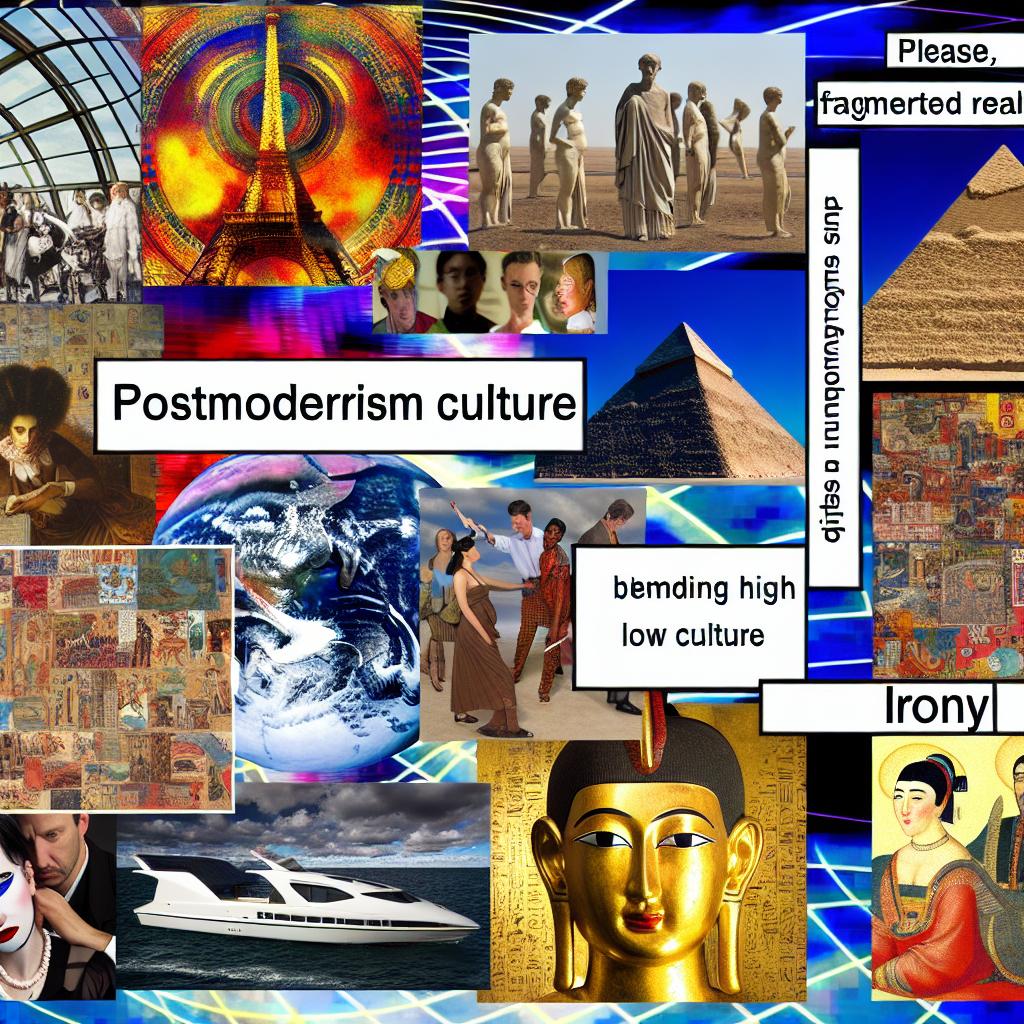Folklore and Oral Traditions: An Overview
Folklore and oral traditions form an essential part of cultural heritage worldwide. These narratives, passed down through generations, serve as a repository of human imagination, belief systems, and societal values. The study of folklore involves understanding its diverse elements, such as myths, legends, folktales, and proverbs, which have shaped and been shaped by the societies in which they develop.
Forms of Folklore
The expressions of folklore are manifold. Key among them are myths, which often explain the origins of the world, human beings, and the divine. These narratives generally involve gods and supernatural beings and are essential to religious traditions. For instance, Greek mythology, with its pantheon of gods, explains natural phenomena and human behavior through rich narratives.
Another significant form is the legend. Unlike myths, legends are rooted in historical events, though often exaggerated, and involve human heroes rather than deities. A classic example is the legend of King Arthur and the Knights of the Round Table, blending history and myth to convey ideals of chivalry and honor.
Folktales, on the other hand, are fictional stories explaining moral lessons or entertainment. They feature characters like tricksters and wise animals, emphasizing communal values and human vices. Many societies have versions of the “Cinderella” story, each adapted to fit local cultural contexts.
The Transmission of Oral Traditions
Oral traditions rely on the spoken word to preserve and transmit culture. Before the advent of written language, these stories were the primary means of education and cultural continuity. The oral storyteller, often regarded with high esteem, played a crucial role in remembering and recounting these narratives accurately.
With the development of writing, many oral traditions were eventually documented, which helped in preserving them but also changed their nature. Written versions tend to fix the narrative, whereas oral storytelling allows for adaptation and improvisation based on audience and context.
Importance of Folklore
Folklore serves various functions within societies. It provides a shared set of narratives that reinforce cultural identity and continuity. Moreover, these stories often contain essential life lessons and moral values, serving as informal social education for the community.
Additionally, folklore provides insight into how different cultures perceive and interpret the world. For instance, the trickster figure found in many cultures—from Anansi in African folklore to Coyote in Native American stories—illustrates universal themes of cunning and resourcefulness.
Preservation in the Modern World
In the modern era, there is a growing recognition of the need to preserve folklore and oral traditions. This is especially crucial as globalization and technological advancements pose threats to indigenous and local cultures. Efforts include recording oral narratives, conducting ethnographic research, and creating platforms for storytelling in both traditional and digital media.
Understanding folklore and oral traditions provide invaluable insights into human cultures and the timeless nature of storytelling. They remain a vital force in preserving cultural heritage and enriching our understanding of different societies.
Expanding the Understanding of Folklore
Beyond their narrative forms, folklore includes diverse expressions such as music, dance, and rituals. These cultural elements are intricately woven into the daily lives of communities and reflect the unique characteristics of each culture. Music, for instance, becomes a vessel for ancestral stories, while dance can interpret myths and legends, bringing them to life.
Music and Dance in Folklore
Music in folklore is not merely for entertainment; it serves as a mode of communication and a way to record history. Songs can be about historical events, serve as lullabies, or be part of celebrations or ceremonies. Dance, often accompanying music, is an expressive art form where footwork, gestures, and body movements convey stories and emotions. This form of storytelling is compelling as it transcends linguistic barriers and allows for shared communal experiences.
Rituals as Folklore
Rituals, from birth and marriage rites to festivals and funerals, are also crucial aspects of folklore. They embody the community’s values and beliefs, providing a framework for both societal order and individual identity. Each ritual carries with it a set of stories and practices that have evolved over time, offering participants a sense of belonging and continuity.
For example, harvest festivals in agrarian societies are deeply rooted in folklore and oral tradition. They often involve a series of rituals and celebrations designed to show gratitude for the year’s bounty, including songs, dances, and stories that have been passed down through generations.
Challenges in Folklore Preservation
Despite the ongoing efforts to preserve folklore, several challenges persist. Modernization and urbanization have shifted priorities towards a global culture, at times overshadowing local traditions. Additionally, the intense focus on technical advancement tends to valorize written and digital communication over oral traditions, threatening participatory community traditions such as storytelling, traditional music, and communal dances.
Moreover, the commercialization of cultural elements can distort their original meanings and significance. When cultural products are marketed for tourism or other purposes, they can lose their authenticity, turning rich traditions into mere commodities.
Modern Methods of Preservation
Given these challenges, innovative approaches to preserving folklore are emerging. These include digital storytelling, where oral narratives are recorded and shared online, reaching a wider audience than traditional methods. Educational programs focusing on heritage preservation have been introduced in schools, encouraging the younger generation to value and participate in their cultural narratives.
Furthermore, international organizations collaborate to protect intangible cultural heritage, recognizing the importance of cultural diversity. Communities are encouraged to document their traditions in partnership with ethnographers and historians, ensuring that even as societies evolve, their rich historical narratives are not lost to time.
Future of Folklore in a Changing World
In the future, the interplay between globalization and localization will intensely shape folklore. While globalization tends to homogenize cultures, it simultaneously allows for greater dissemination of local traditions through global platforms. This dual aspect requires a balance, ensuring that while cultural exchange occurs, the core elements of cultural uniqueness and authenticity are preserved.
Creating New Folklore
Interestingly, as societies develop, they also create new folklore. Contemporary life experiences, technological advancements, and even urban legends constitute today’s folklore. These new stories reflect current realities and aspirations, contributing to the dynamic and ever-evolving nature of folklore.
The Role of Technology
Technology plays a dual role in the preservation and evolution of folklore. On one hand, it provides tools for capturing, preserving, and disseminating folklore instantaneously. On the other hand, it poses a risk to traditional practices by altering the modes of cultural transmission. To mitigate these risks, technology must be used to complement rather than replace traditional methods of cultural preservation and education.
Engaging Globally, Preserving Locally
Ultimately, the key lies in ensuring that communities engage with the global culture while maintaining a strong connection to their local traditions. By understanding and valuing their heritage, communities can contribute to a globally interconnected world without losing their individual identities.
Conclusion
Folklore and oral traditions continue to be a powerful medium for cultural expression and community cohesion, reflecting the human spirit across time and space. In an increasingly interconnected world, the preservation and appreciation of these traditions are vital in maintaining cultural diversity. By recognizing the intrinsic value of folklore, societies can ensure that future generations inherit the rich tapestry of stories, songs, dances, and rituals that define the human experience.



